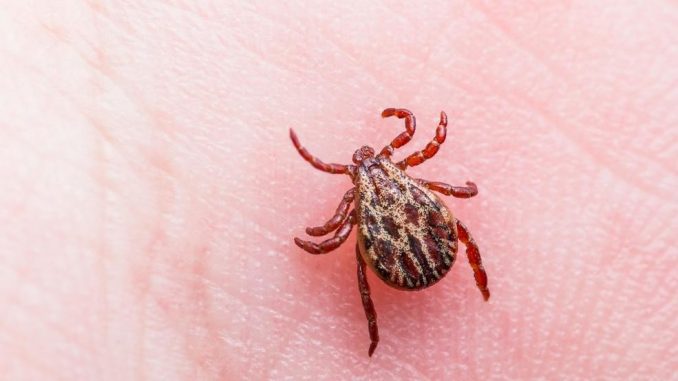
Jessica Kennedy, Staff Writer|
A new tick-borne illness has surfaced in the United Kingdom. It is named the Tick-Borne Encephalitis Virus (TBEV) and although it has been documented in other parts of Europe, it is spreading across the continent to England.
Ticks have been recorded carrying this virus in the English Thetford forest and near the towns of Hampshire and Dorset. It has initially been documented in mainland Europe, Scandinavia, and Asia according to Public Health England. The person bitten by a tick in England’s New Forest area was a European visitor who made a full recovery from the bite and the virus.
In the majority of the TBEV cases, the patients felt no symptoms. However, some experienced flu-like symptoms. In other cases, the virus progressed more seriously, affecting the central nervous system and caused paralysis and convulsions. The European Center for Disease Prevention and Control (ECDC) states the virus can affect the brain and cause inflammation. In the European cases of the virus, only one in four develop symptoms and two thirds will make a recovery. The remaining one-third of patients experience some long-term effects of the virus.
Public Health England stated in a press release that TBEV is very low-risk, and the general population is more likely to receive Lyme disease from tick bites than Encephalitis. Currently, there is no cure for the virus, but there are vaccinations to prevent the virus and steps that can be taken to prevent tick bites. People who live in or plan on visiting areas where tick bites and tick-borne illnesses are common are urged by medical professionals to receive immunizations to the diseases or ask their doctors about how to prevent bites and sicknesses.
Ticks typically live in forest environments with high grass and bushes where they can jump onto hosts. They are most abundant from early spring to late fall but are active all year long. They find hosts in animals and humans where they suck blood, which is how tick-borne illnesses spread.
The ECDC states the best ways to prevent tick bites are wearing long, protective clothing, using insect repellent on exposed skin, and to treat socks and pant legs with permethrin-containing insecticide. If you take these measures and still get bit by a tick, experts say to remove it right away.
The Centers for Disease Control and Prevention say the best way to remove a tick is to use clean, fine-tipped tweezers. The tweezers should get as close as possible to the skin, so the entire tick gets removed and the head doesn’t stay in the skin. To dispose of the tick, you are not supposed to crush it with your fingers. Live ticks should be placed in a sealed bag or container, wrapped tightly in tape, or flushed down a toilet. If you want to get tested for tick-borne illnesses after getting bit, doctors recommend putting the removed tick in a sealed, clear bag and bring it with you to the appointment. Doctors should also know where and when you were bit to ensure the most appropriate treatment.
Leave a Reply